Unraveling Atherosclerosis Symptoms: Causes and Consequences
Have you ever heard of atherosclerosis? It’s a term that might sound complex, but it’s crucial to understand because it affects so many people worldwide. Atherosclerosis is a common cardiovascular condition that can lead to serious heart problems if left unchecked. But don’t worry – we’re here to break it down for you in a way that’s easy to grasp. In this article, we’ll explore what atherosclerosis is, how it differs from arteriosclerosis, its causes, symptoms, and how it’s diagnosed and treated. Let’s dive in!
In this article we will explore:
Atherosclerosis vs Arteriosclerosis
A common question that arises is the difference between atherosclerosis and arteriosclerosis. While these terms are often used interchangeably, they are not identical. Arteriosclerosis is an umbrella term that refers to the general hardening and loss of elasticity of arteries. Atherosclerosis happens to be a subcategory that falls beneath the umbrella. (1)
Atherosclerosis specifically involves the buildup of sticky plaques in the arterial walls. These plaques, consisting of fats, cholesterol, calcium and other substances, narrow and obstruct the arteries, disrupting normal blood flow. This condition is more specific than arteriosclerosis and is the most common form of arteriosclerosis. (1)
Understanding the distinction is vital because atherosclerosis symptoms and treatments are more specific compared to arteriosclerosis. Atherosclerosis can lead to life-threatening diseases like heart attacks and strokes, making its identification and management critical. (1)
What Causes Atherosclerosis?
Unfortunately for us, the exact cause of atherosclerosis is still being studied, but we do know several factors that increase the risk of developing the condition. These include:
- Age
- High blood pressure
- High cholesterol
- Smoking
- Diabetes
- High levels of cholesterol and triglycerides (2)
There are also several risk factors for atherosclerosis and they include:
Symptoms of Atherosclerosis
One of the tricky things about atherosclerosis is that it can be ‘silent’ – meaning it doesn’t always show symptoms until a significant blockage or a heart attack occurs. However, some people may experience symptoms like Arrhythmia, (an unusual heart beat), chest pain or discomfort, shortness of breath, and fatigue. It’s important to pay attention to these signs, especially if you have risk factors for heart disease (4)
Diagnosing Atherosclerosis
Diagnosing atherosclerosis usually involves a physical examination, a review of your medical history, and tests. These tests might include blood tests, electrocardiograms (ECG), stress tests, CT scan commonly known as a coronary calcium score and imaging tests like angiography, which provides a detailed view of the arteries just to name a few. (Centers for Disease Control and Prevention, 2021). Your general practitioner might also refer you onto a specialised cardiologist for a more detailed review. (3)
Complications
The complications of atherosclerosis are dependent on which arteries are narrowed. Some of the main complications include:
- One of the most severe complications is coronary artery disease (CAD), which can lead to heart attacks. This occurs when the coronary arteries, responsible for supplying blood to the heart, become narrowed or blocked. Symptoms of a heart attack include chest pain, shortness of breath, and discomfort in the arms, back, neck, or jaw
- Another major complication is cerebrovascular disease, which includes conditions like stroke and transient ischemic attacks (TIAs). These occur when the blood supply to parts of the brain is interrupted, leading to potentially permanent neurological damage.
- Peripheral artery disease (PAD) is also a complication of atherosclerosis. PAD occurs when the arteries supplying blood to the limbs, especially the legs, are narrowed. This can lead to pain while walking, ulcers, and in severe cases, gangrene and the need for amputation.
- Lastly, chronic kidney disease can result from atherosclerosis affecting the renal arteries. This condition impairs the kidneys’ ability to filter waste and fluids from the blood, potentially leading to kidney failure. (4)
Atherosclerosis Treatment
Treatment for atherosclerosis aims to reduce the risk of complications, because sadly once you have a blockage it is almost always there to stay. So, by incorporating lifestyle changes, medications, and in some cases, surgery you can have a healthy outlook. Lifestyle changes are the cornerstone of treatment and prevention as they slow or stop the progression of the disease. This includes:
- eating a heart-healthy diet rich in fruits, vegetables, whole grains, healthy fats and lean proteins
- exercising regularly, aiming for 2.5 to 5 hours of moderate intensity exercise each week
- quitting smoking or vaping
- maintaining a healthy weight
- reducing stress with mindfulness, yoga or deep breathing (3)
Other treatments may encourage the use of medications, such as statins to lower cholesterol, and ones to control blood pressure may also be prescribed. At times, more invasive techniques might be taken such as an Angiography or stenting to open up a block artery for atherosclerosis symptom relief. (3)
Conclusion
As an accredited practising dietitian, I believe that understanding atherosclerosis is key to preventing and managing this common condition. Remember, it’s important to consult with healthcare professionals if you have concerns or symptoms related to heart health. By staying informed and proactive about your health, you can make a big difference to your heart’s well-being.
How we reviewed this article:
- Sources
- History
Heart Smart Australia utilises a variety of credible and reliable sources to support and provide valuable insights into the topic being discussed. From academic journals to government reports, each reference has been carefully selected to add depth and richness of our articles.
- (1) Santos, V. P. dos, Pozzan, G., Castelli Júnior, V., & Caffaro, R. A. | (2021). Arteriosclerosis, atherosclerosis, arteriolosclerosis, and Monckeberg medial calcific sclerosis: what is the difference?. Jornal vascular brasileiro, 20, e20200211.
- (2) Penn Medicine | (2023) Atherosclerosis
- (3) Mayo Clinic | (2022, July 1. Arteriosclerosis / Atherosclerosis - Symptoms and Causes. Mayo Clinic; Mayo Clinic Staff.
- (4) Lusis, A. J. | (2000) Atherosclerosis. Nature, 407(6801), 233–241
Our team actively monitors health and wellness advancements, keeping our articles up-to-date with the latest information as it becomes available.




